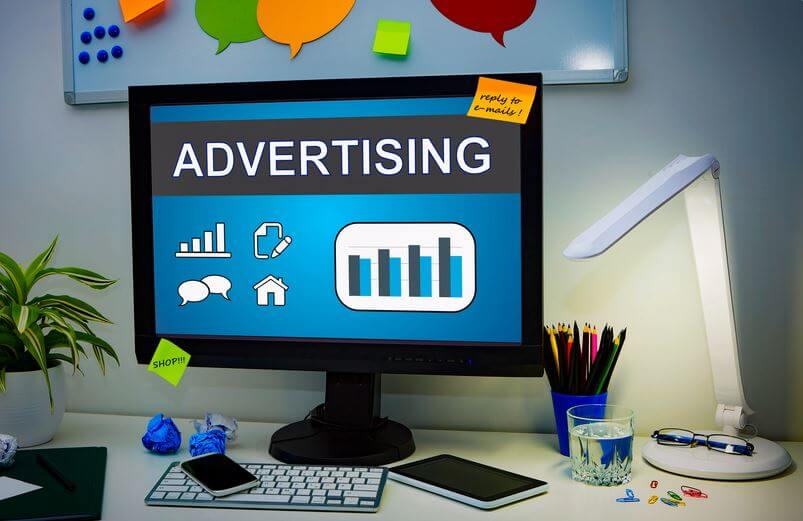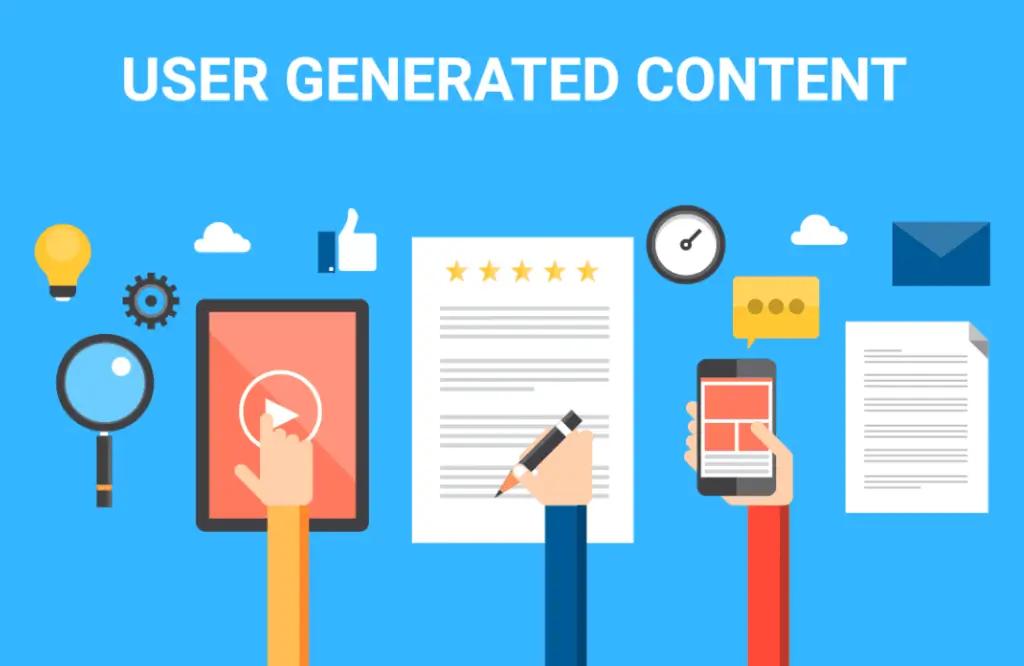“Empowering Consumers: Harnessing the Power of User-Generated Content in Advertising”
Are you looking for ways to enhance your marketing strategy and increase consumer engagement? One of the most effective ways to do this is through consumer-generated advertising (CGA).
This comprehensive guide will cover everything you need about CGA, from the definition and examples to the best practices to help you create successful campaigns.
What is Consumer-Generated Advertising (CGA)?
Consumer-Generated Advertising (CGA) is a marketing strategy involving consumers creating ads or promotional content for a brand or company. This can include everything from user-generated content on social media platforms to crowdsourcing contests for the best ad campaign.
Consumer-Generated Advertising Examples
Consumer-generated advertising (CGA) is a popular marketing strategy involving consumers creating ads or promotional content for a brand or company. Here are some examples of successful CGA campaigns:
- “Doritos Crash the Super Bowl”: This campaign invited consumers to create their own Doritos commercial and upload it to the company’s website. The winning ad was then aired during the Super Bowl, with the creator receiving a cash prize and recognition for their work. This campaign was hugely successful, with over 5,600 submissions and a significant increase in brand awareness.
- Coca-Cola’s “Share a Coke”: This campaign encouraged customers to create personalized labels for their Coke bottles and share them on social media. This campaign was hugely successful, with over 500,000 photos shared on Instagram alone. The campaign also led to a significant increase in sales and brand engagement.
- Starbucks’ “White Cup Contest”: This campaign invited customers to decorate a plain Starbucks cup and share their designs on social media using the hashtag #WhiteCupContest. The winning strategy was then turned into a limited-edition Starbucks cup. This campaign was hugely successful, with over 4,000 entries and significant brand engagement on social media.
- Lay’s “Do Us a Flavor”: This campaign invited consumers to create and submit their unique flavor of Lay’s potato chips. The winning flavor was then produced and sold in stores. This campaign was a huge success, with over 14 million submissions and a significant increase in brand awareness and engagement.
These are just a few examples of successful CGA campaigns. By involving consumers in creating ads and promotional content, brands can increase engagement, build brand loyalty, and create more authentic and relatable content that resonates with their audience.
Benefits of Consumer-Generated Advertising
Consumer-generated advertising (CGA) can offer several benefits for brands and companies. Here are some of the critical benefits of CGA:
- Increased engagement: CGA campaigns can help increase engagement with your brand by involving consumers in creating ads or promotional content. This can help to build a more loyal following and increase brand awareness.
- Cost-effective: CGA campaigns can be a cost-effective way to create high-quality content without needing a professional advertising agency. By crowdsourcing content from consumers, brands can save on production costs and create effective ads.
- Authenticity: Consumers are more likely to trust and engage with content from their peers rather than traditional advertising. By incorporating CGA into your marketing strategy, you can create more authentic and relatable content that resonates with your audience.
- Increased reach: CGA campaigns can help improve your brand’s reach by encouraging consumers to share their content with their networks. This can help to amplify your message and reach new audiences.
- Valuable insights: By engaging with your audience through CGA campaigns, you can gain valuable insights into their preferences, opinions, and behavior. This can help you better understand your target audience and create more effective marketing strategies in the future.
Overall, CGA can be a powerful tool for building brand loyalty, increasing engagement, and creating high-quality content that resonates with your audience.
Best Practices for Consumer-Generated Advertising
If you’re considering incorporating consumer-generated advertising (CGA) into your marketing strategy, there are some best practices to keep in mind to ensure a successful campaign. Here are some tips:
- Define your goals: Before launching a CGA campaign, clearly define what you hope to achieve and how you will measure success. This will help you to tailor your campaign to your specific objectives.
- Provide clear guidelines: When inviting consumers to create content, provide clear guidelines and instructions to ensure the content meets your brand’s standards. This will help ensure the content is on-brand and aligns with your messaging.
- Offer incentives: Incentives such as prizes, recognition, or exposure can motivate consumers to participate in your campaign and create high-quality content. This can help to ensure that you receive a high volume of submissions and that the quality of the content is high.
- Engage with your audience: Don’t just launch your CGA campaign and forget about it. Engage with your audience, share their content, and respond to comments and feedback. This can help to build a sense of community and increase engagement with your brand.
- Amplify the content: After receiving user-generated content, amplify it through social media, email marketing, or other channels. This can help increase your campaign’s reach and encourage others to participate.
- Monitor and moderate submissions: Keep an eye on the content that is being submitted and reasonably it as necessary. This can help ensure the content is appropriate and aligns with your brand’s values.
By following these best practices, you can create successful CGA campaigns that engage your audience, build brand loyalty, and create high-quality content that resonates with your target audience.
Final Thoughts
Consumer-generated advertising can be a powerful tool for engaging your audience and creating high-quality content for your brand. These best practices and examples can create successful CGA campaigns that enhance your marketing strategy and build a loyal following.
FAQs
What are the user-generated content examples?
User-generated content (UGC) is created by consumers or users rather than by a brand or company. Some common examples of UGC include:
- Social media posts: This can include photos, videos, and written content shared on social media platforms like Instagram, Twitter, and Facebook.
- Reviews and ratings: Customers can leave reviews and ratings on websites like Yelp, Amazon, and TripAdvisor.
- Blogs and vlogs: Consumers can create their blogs or vlogs (video blogs) on platforms like WordPress, YouTube, or TikTok.
- Contests and challenges: Brands can create games or challenges encouraging consumers to create and share their content, such as photos or videos.
- Forum discussions: Online forums like Reddit or Quora allow users to share their thoughts and opinions on various topics.
These are just a few examples of user-generated content. The possibilities for UGC are endless, and it can be a powerful tool for engaging your audience and building brand loyalty.
What is meant by consumer-generated ads?
Consumer-generated advertising (CGA) is a marketing strategy in which consumers or users create ads or promotional content for a brand or company. Rather than relying on professional advertising agencies, brands can involve their customers in creating content to create a more authentic and engaging marketing campaign.
CGA can take many forms, from user-generated content on social media platforms to contests or challenges that encourage customers to create their own ads or promotional content. By involving consumers in advertising, brands can increase engagement, build brand loyalty, and create more relatable content that resonates with their target audience.
CGA campaigns can also be cost-effective, as they can help brands create high-quality content without needing professional advertising agencies. Overall, CGA can be a powerful tool for building brand awareness and engagement and creating more authentic and relatable content that resonates with consumers.





